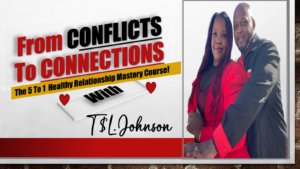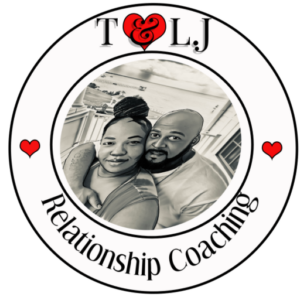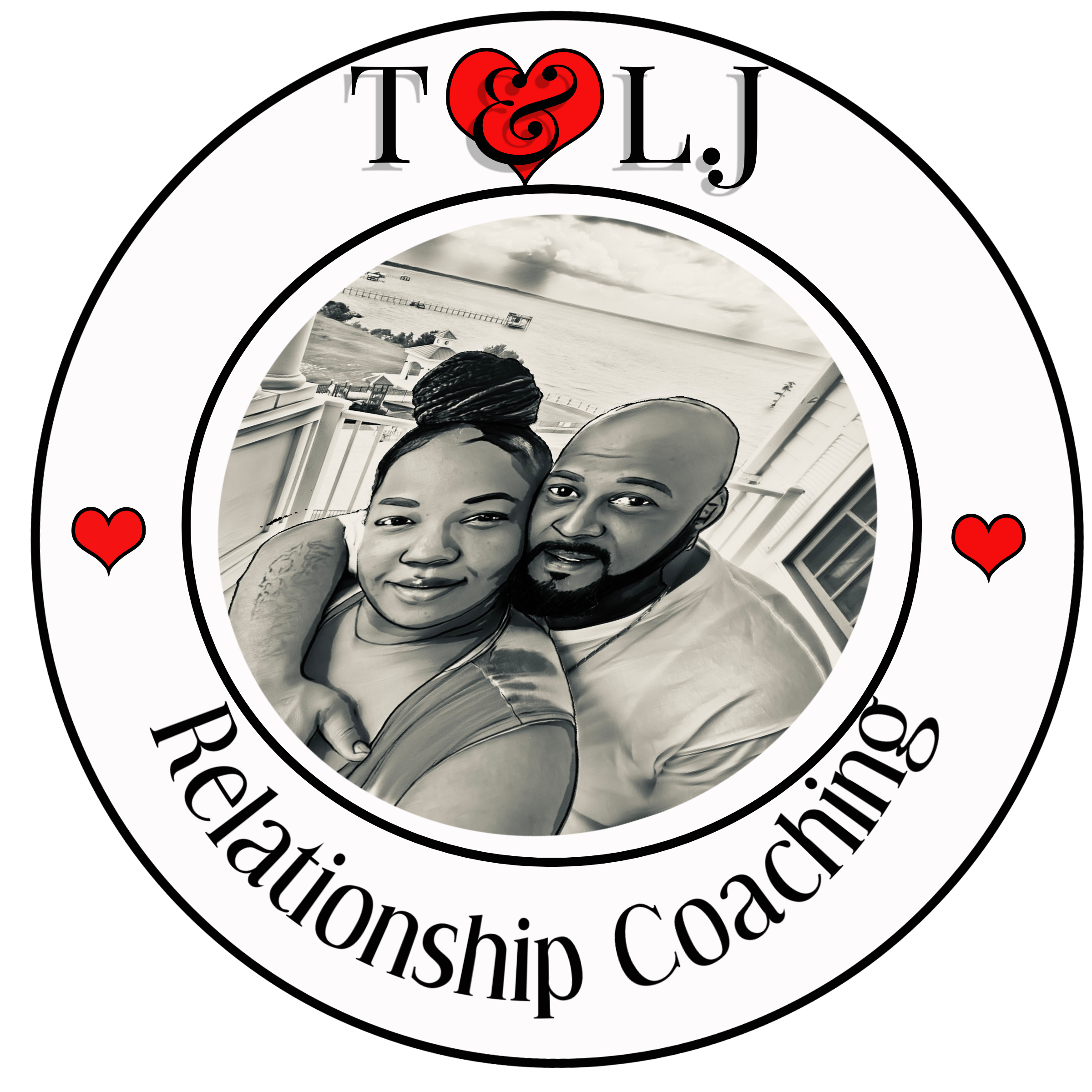Listen Actively
Engage Eye Contact
Right off the bat, one of the most underrated yet incredibly powerful ways to make your words feel safe is to listen actively. I can’t stress enough how powerful eye contact can be in this scenario. When someone’s talking to you, looking them in the eyes shows that you’re genuinely interested in what they’re saying. It feels personal. I’ve been in conversations where, having someone really look at me, made me feel valued and understood.
Think of it this way: when you’re sharing something close to your heart, there’s already a vulnerability there. Without eye contact, it can easily feel like you’re being dismissed or brushed off. Make a conscious effort to maintain eye contact—just don’t make it creepy, you know? A balance is key!
Another way to improve your active listening skills is by nodding and using verbal affirmations like “I see,” or “go on.” That slight feedback can encourage the speaker to open up even more, creating a more comfortable space for them to express themselves.
Reflect and Acknowledge
Once you’ve made that vital eye contact, the next step is to reflect and acknowledge what the person is sharing. This might feel a bit awkward at first, but trust me, it’s crucial. It shows that you’re not just hearing them, but you actually comprehend their feelings and thoughts. Something simple like, “It sounds like you’re really feeling overwhelmed,” can work wonders.
This kind of validation can transform the entire atmosphere, making it feel safe and open. I’ve found that when people feel acknowledged, they tend to share more rather than holding back. They sense my genuine interest and trust deepens.
Plus, it helps you understand their emotions better. What I’ve learned is that when you reflect what someone is feeling back at them, it gives them clarity. You also take a step back, letting them know their emotions are significant and worth discussing.
Ask Open-Ended Questions
Lastly, to enhance the feeling of safety in your conversation, I recommend asking open-ended questions. This is where the magic happens! Instead of yes-or-no questions, try asking something like, “What was that experience like for you?” This invites deeper discussions and allows for more personal expression.
I remember chatting with a friend who was going through a tough time. Instead of simply asking, “Are you okay?” I asked, “What’s been weighing on your mind lately?” The shift was palpable. Suddenly, they began to share their story more freely and in detail, turning a simple check-in into a heart-to-heart.
Open-ended questions can pave the way for someone to explore their feelings more fully. By prompting them to share more, you give them the opportunity to feel seen and heard in a way that’s genuine and non-threatening.
Use Kind and Supportive Language
Be Mindful of Your Tone
Switching gears a bit, let’s talk about language. Our words carry immense power. I’ve learned that being mindful of my tone can significantly shape how safe someone feels around me. It’s not just about what you say, but how you say it. A soft, calm tone can be inviting, while a harsh or abrupt tone can defend.
For example, when I’m in a tough discussion, I consciously lower my voice and soften my phrasing. Rather than saying, “You shouldn’t feel that way,” I might say, “I can see why you’re feeling that way.” Small changes like this can create a warmth that fosters trust.
Moreover, paying attention to context is equally essential. In moments of emotional sharing, even enthusiastic affirmations should remain gentle. The way I speak can either encourage or halt a conversation, and I’ve seen this play out countless of times.
Choose Words Carefully
Alongside tone, the actual words we choose matter a lot! When aiming to create a safe space, specific words can either uplift or bring someone down. I try to avoid judgmental language and instead opt for words that encourage exploration and openness.
For example, instead of labeling feelings as “bad” or “wrong,” I frame them as “challenging” or “difficult.” This slight shift can help someone feel less defensive. Honestly, I’ve had great outcomes just by tweaking the language I use in day-to-day conversations.
Always thinking about the implications of what I’m saying has helped me avoid misunderstandings. It encourages others to feel safe sharing their experiences without the fear of judgment hanging over them.
Express Empathy
Finally, excess empathy is key to using kind language. I’ve found that voicing my understanding or concern can enhance that feeling of safety. Phrases like “That sounds really tough,” or “I can imagine that must have been hard for you” go a long way in letting someone know I’m on their side and truly get what they’re going through.
Empathy can transform a conversation. When done sincerely, it shows that I’m not just here to listen; I’m here to understand. I’m always moved by how much deeper our conversations become when I openly express empathy.
Empathy might seem like a simple aspect, but it’s often forgotten in the heat of conversations. I’ve made it my mission to incorporate it into my dialogue, and the results have been heartwarming. It builds connections that feel safe and genuine.
Be Authentic and Honest
Share Your Own Experiences
Moving forward, authenticity plays a massive role in making my words feel safe. When I share my own experiences, it breaks down barriers. Vulnerability can be contagious, and I often find that when I’m open about my own struggles, others feel empowered to share theirs.
For instance, during a sensitive conversation about failure, I’ve casually mentioned my own setbacks. It not only humanizes me but puts the other person at ease. They no longer feel like they’re alone in their feelings because, in that moment, we’re both just human trying to navigate life.
Authenticity fosters trust. In my experience, when I’m honest about my own vulnerabilities, it encourages a free-flowing conversation that feels safe on both ends. The key is to approach these moments with genuine intent—a simple desire to connect.

Admit When You Don’t Have Answers
None of us have all the answers, and that’s okay! I’ve learned that openly admitting when I don’t know how to help can create a safe zone as well. Instead of pretending to have solutions, I state, “I don’t know what to say right now, but I’m here for you.” This simple honesty can be a huge relief for someone who’s feeling lost.
Being upfront about my limitations takes the pressure off not just me, but also the person I’m talking to. It normalizes the conversation around vulnerability and invites a more genuine connection. I find it’s disarming to admit that I don’t have it all figured out, which builds a sense of camaraderie.
This sentiment fosters a mutual level of trust because it reinforces the idea that it’s okay to be uncertain and to not have everything worked out. It’s about comforting the other person without feeling the weight of needing to prove my own knowledge constantly.
Be Open to Feedback
Lastly, being open to feedback means knowing that conversations are two-way streets. I remind myself that I’m not perfect, and being ready to adjust my approach based on feedback from the person I’m speaking with is vital. If someone says, “That didn’t feel right,” I aim to pause and reflect rather than get defensive.
This openness can be transformative. I once had a friend express to me that my suggestions felt more like advice than support, and instead of brushing it off, I took it to heart. I adjusted how I communicated and made a mental note to focus more on simply being present rather than solving every problem.
Being receptive to another’s feelings can elevate the safety of your conversations. It means recognizing that I can always improve my approach and make sure people feel genuinely safe while expressing themselves. It’s a process, and I’m always learning.
Foster a Non-Judgmental Environment
Set the Tone Early
Now, let’s get into creating that non-judgmental environment! One of the first things I’ve adapted in my conversations is setting the tone early. From the get-go, I try to convey that my space is a judgment-free zone. Now, this means keeping an open mind and body language that encourages openness.
I often initiate conversations in a relaxed space, be it a cozy coffee shop or somewhere casual and inviting. I find that it helps people feel more at ease to share their thoughts without the pressure of judgment looming over them.
Verbal cues also help. Phrases like, “There’s no right or wrong here” create a clear understanding that I’m here to listen, not critique. Consistently setting this tone establishes a safe atmosphere for honest dialogue.
Encourage Transparency
Transparency is a game-changer! I put effort into promoting an open dialogue where everyone feels comfortable being honest. Encouraging the other person to share their truth without the fear of repercussions fosters a culture of transparency. I’ve even encountered some uncomfortable moments that turned into meaningful discussions—simply because I encouraged openness.
Sometimes, I suggest phrases that can help break the ice—like using “I feel” statements to express their thoughts honestly. These tools promote candid discussions that can get deeper into feelings and emotions without fostering fear around judgment.
The openness can also encourage me to be vulnerable with my thoughts. I’ve seen how that reciprocity often invites others to feel safe to do the same, creating a beautiful cycle of honesty.
Reinforce Trust Throughout Your Conversations
Finally, reinforcing trust throughout our conversations helps cultivate this non-judgmental environment. I remind myself to validate concerns or fears continuously as conversations unfold. Each time I affirm someone’s experience, I’m further solidifying trust. Creating a foundation built on trust means I can freely share deeper insights. It diminishes the anxiety around sharing uncomfortable topics.
Being consistent in my support is what I’ve found to be essential. The more I affirm that even difficult feelings are okay, the more comfortable others feel disclosing their own struggles. The relationship deepens, and uncomfortable conversations become natural.
A trustworthy environment often leads to transformative dialogues that enrich our understanding of one another and, in the end, foster a deeper connection than when simply chatting casually. It’s all about nurturing that space over time.
Frequently Asked Questions
What does it mean to create a “safe space” in conversation?
A safe space in conversation refers to an environment where individuals feel secure in expressing their thoughts and feelings without fear of judgment or backlash.
Why is active listening important?
Active listening demonstrates that you genuinely care about what someone is saying. It helps them feel valued and appreciated, encouraging more open and honest dialogue.
How can I improve my language to be more supportive?
Focus on using kind and validating words. Highlight feelings without judgment and encourage openness through gentle language and tone.
What role does authenticity play in conversations?
Authenticity encourages vulnerability, which fosters deeper connections. When you share your own experiences, it can inspire others to be open and honest, too.
How can I promote a non-judgmental environment?
Set the tone early by establishing that your conversations are intended to be judgment-free. Encourage transparency and reinforce trust throughout the dialogue.

Schedule Your First 20-Minute Coaching
Call With Us Today to see if we fit . You pick the price!
Click Here




